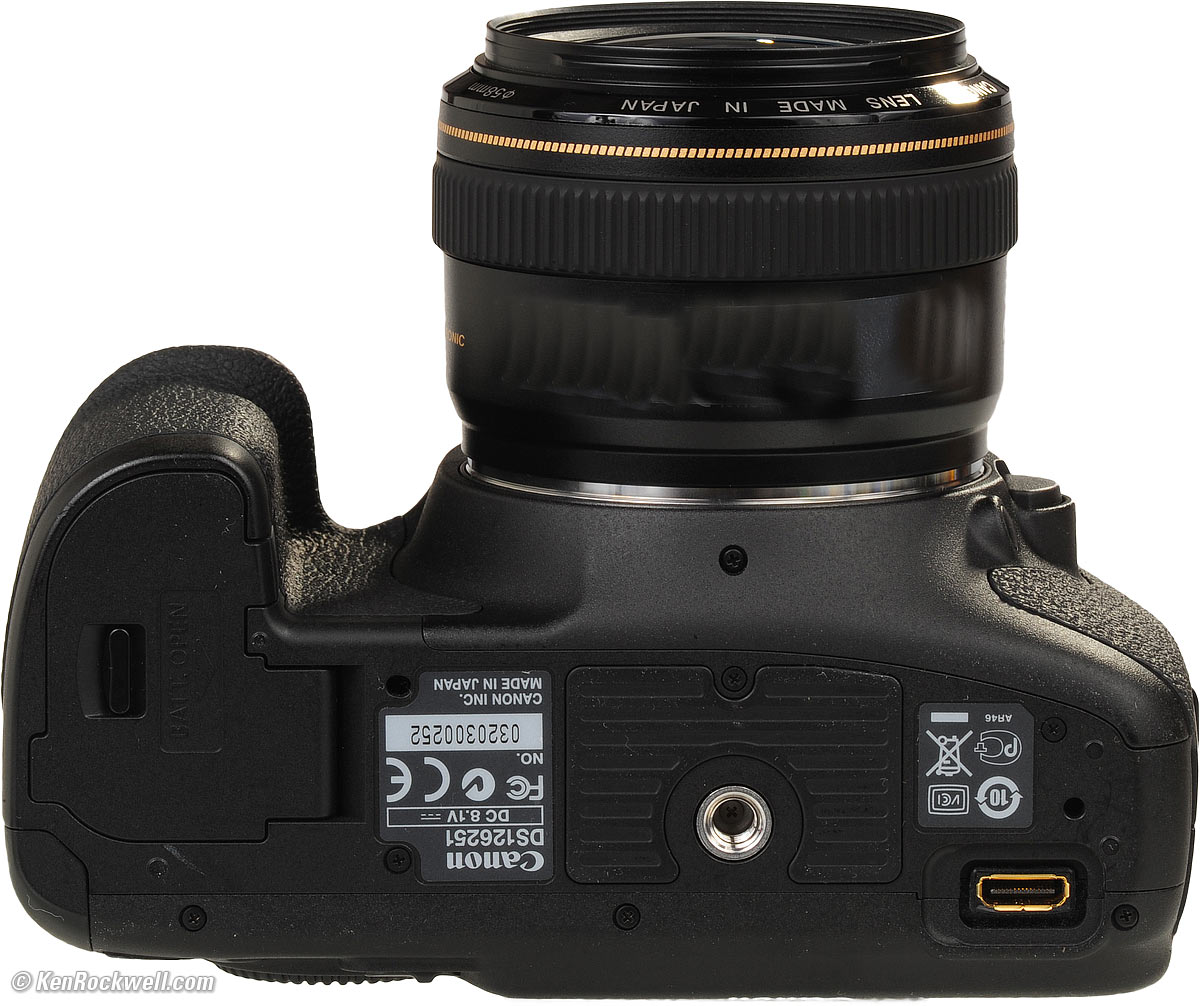


The Canon 7D performed about average in terms of exposure, requiring the typical amount of positive compensation we're accustomed to seeing among digital cameras.
#Canon 7d review skin
Outdoors, the Canon 7D tended toward a slightly cool color balance, as you can see by the skin tones in the above left shot, though overall color was generally excellent. (Our test lighting for this shot is a mixture of 60 and 100 watt household incandescent bulbs, a pretty yellow light source, but a very common one in typical home settings here in the U.S.)Ĭolor and saturation are very good, though a tendency towards slightly cool color balance and slightly high contrast under harsh lighting. The Canon 7D required a positive exposure compensation of 0.7 EV for this shot, a little higher than the +0.3 EV average for this shot.
#Canon 7d review manual
Manual white balance was the most accurate, with the 2,600 Kelvin setting being just a touch cool. The Manual and 2,600 Kelvin white balance options were very similar, both producing fairly neutral images. Note, too, that the Canon 7D's white balance system permits very flexible manual adjustment of each of its presets, so the Incandescent setting could easily be tweaked to match the requirements of household lighting of the type used here.

(Some may feel that it successfully conveys the warmth of the original lighting, but we'd personally like a slightly more neutral treatment.) This is undoubtedly correct for a camera aimed at professionals, whose incandescent studio lighting is generally balanced to 3,200 Kelvin. The Canon 7D's Incandescent setting did a little better, but the resulting image was still a little warm for our tastes. Unfortunately, this is quite common among cameras we've tested, but disappointing nonetheless, particularly in a premium-grade enthusiast/professional SLR. Indoors, under incandescent lighting, the Canon 7D's Auto white balance setting really struggled to produce a decent-looking image. Slightly above average exposure compensation required. SensorĪuto and Incandescent settings both struggle somewhat with household incandescent lighting, though Manual and 2,600 Kelvin white balance settings produce much more neutral images. Click on any thumbnail above, then click again to see the full-sized image. The table above shows results with the default as well as the two extreme saturation settings. (In some cameras, saturation tends to affect contrast, and vice versa.) The fine steps between settings mean you can program the camera to just the level of saturation you prefer. As it should, the 7D's saturation adjustment affects only the saturation, leaving the contrast of the image more or less unaltered. This covers a very wide range of saturation levels, about as wide a range as you're likely to find photographically useful, apart from special effects that are arguably better achieved in software. The Canon 7D offers a total of nine saturation settings, four above and four below the default saturation. There were the usual shifts in cyan toward blue, red toward orange, and orange toward green, but they are pretty minor. The Canon 7D's hue accuracy is quite good, just a hair less accurate than the 50D. Problematic is on Caucasian skin tones, as it's very easy for these "memoryĬolors" to be seen as too bright, too pink, too yellow, etc. When white-balance was adjusted to match the lighting, skin-tones were warmer, with a "healthy looking glow". Flesh tones shot with the Canon 7D appeared quite natural, with appropriate saturation levels and accurate color, though slightly on the cool side. This is simply because most people like their color Produce color that's more highly saturated (more intense) than found in Most of the other colors are very close to technically accurate saturation levels. Though the 7D still pushes reds, oranges, and blues a bit, it doesn't push them quite as much as the 50D does. The Canon 7D produces somewhat less saturated images than did the 50D. Thus, hue-accurate, highly saturated colors appear as lines radiating from the center. Hue changes as you travel around the center. More saturated colors are located towards the periphery of the graph. In the diagram above, the squares show the original color, and the circles show the color that the camera captured.


 0 kommentar(er)
0 kommentar(er)
